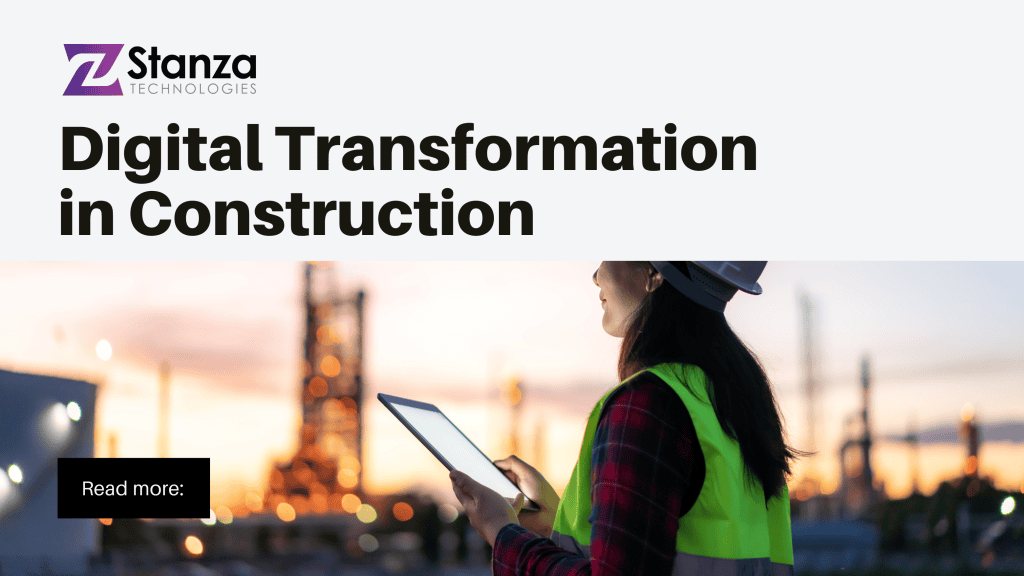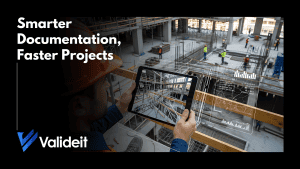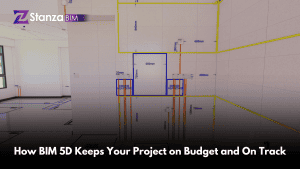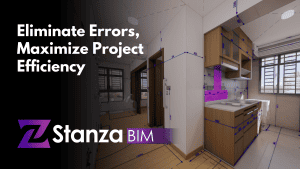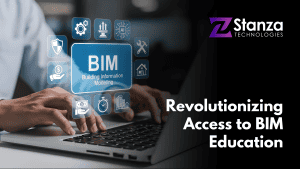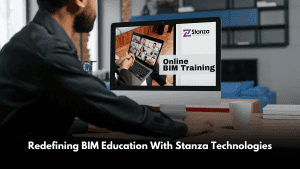The construction industry is shifting significantly as it moves towards a paperless future. Historically, construction projects relied heavily on physical documents, from blueprints and contracts to change orders and reports. This reliance on paper could have been more convenient and prone to errors and inefficiencies. With the advent of digital technologies, the industry is finding new ways to streamline processes and improve accuracy, significantly reducing the need for physical paperwork and fostering a more efficient approach to construction management.
The increasing need for efficiency, accuracy, and real-time collaboration in construction projects drives the transition to a paperless environment. Traditional paper-based methods are often cumbersome and prone to errors. Plans and specifications can be outdated, leading to miscommunications and costly mistakes. Digital solutions address these issues by providing a centralized platform where all project information is accessible and up-to-date.
One of the critical innovations contributing to the paperless shift is the integration of Building Information Modeling (BIM) and Common Data Environments (CDE). BIM provides a detailed digital model that captures both the physical attributes and functional aspects of a building. This 3D model serves as a single source of truth for all project stakeholders, facilitating better coordination and communication. The model includes detailed information about materials, dimensions, and systems, allowing for accurate visualizations and simulations that help decision-making.
Common Data Environment further enhances this by serving as centralized repositories for all project data. They streamline the management of documents, drawings, and other project information, ensuring that everyone involved has access to the latest versions. This eliminates the confusion and inefficiencies of managing physical documents and disparate digital files. In a CDE, data is organized to support effective collaboration and transparency, which is crucial for maintaining project alignment and avoiding misunderstandings.
The benefits of moving towards a paperless construction environment are multifaceted. Digital documentation and BIM models reduce the risk of errors caused by outdated or incorrect information. They facilitate faster and more accurate decision-making by providing real-time access to critical data. Additionally, the ability to perform digital simulations and analyses helps identify potential issues before they arise on-site, leading to more informed planning and fewer surprises during construction.
Moreover, the shift to a paperless approach supports sustainability goals by significantly reducing paper waste. Traditional construction processes often generate vast amounts of paper, from multiple plan revisions to extensive reporting. By transitioning to digital formats, the construction industry can minimize its environmental impact and contribute to greener practices.
The adoption of digital tools also improves project management and coordination. With all relevant information in a centralized digital format, project managers can more effectively track progress, manage changes, and ensure all team members are aligned. This enhanced visibility and control help adhere to project timelines and budgets, ultimately leading to more successful project outcomes.
Despite these advantages, transitioning to a paperless future requires overcoming technology adoption, training, and data security challenges. However, increased efficiency, accuracy, and sustainability benefits make the effort worthwhile. As the construction industry embraces digital innovations, moving towards a paperless environment will become increasingly standard, setting new benchmarks for managing and executing projects.
The journey towards a paperless future in construction is well underway, driven by the integration of advanced digital technologies like BIM and CDE. This transition promises to enhance efficiency, accuracy, and collaboration while contributing to more sustainable practices.
